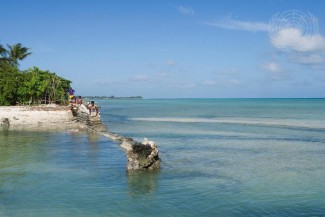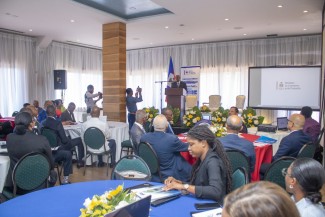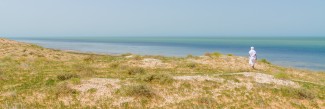On 29 May 2012 Willie Luen was preparing to emcee one of the most important meetings of his life. He remembers that the room — a hotel conference room in Port Vila, the capital city of Vanuatu — was so packed with people that the windows were starting to fog up.
“I was nervous,” Luen says. “It was the first time the ministry had done this kind of thing.”
In front of him was the Deputy Prime Minister, Ham Lini, ready to chair the meeting. Around the room were senior government officials and some of Vanuatu’s most important donor partners, private sector representatives, NGO staff, diplomats and community representatives.
They were gathered for the very first meeting of the National Trade Development Committee (NTDC): a group of public and private sector representatives interested in domestic and international trade that works together to identify and resolve their respective trade development problems. They do this by making recommendations to the Vanuatu Council of Ministers.
In this first meeting they discussed and approved the Vanuatu Trade Policy Framework, which has since become one of the leading national policies for economic development.
Moreover, they discussed how the Vanuatu team would enter the next round of negotiations on key free trade agreements, and approved the first EIF project for the country focusing on trade related institution and policy support.
The conclusion of the inaugural meeting is a proud moment for Luen: the culmination of a number of months of patient work. Though it’s work for which he feels well-prepared from his early career as a secondary school teacher.
“As a teacher you’re constantly trying to bring the students along a learning journey with you. I’ve always had a passion for collaboration,” Luen says.
After leaving teaching for a short stint in Norway to study for a Master’s — he was the first person from Vanuatu to receive an Erasmus Mundus scholarship —
Luen began a new phase of his career as a trade officer in the Department of External Trade under the Ministry of Tourism, Trade, Commerce and Ni-Vanuatu Business.
One of his first tasks in this new role was to work with Andrea Giacomelli, the resident Overseas Development Institute (ODI) Fellow, to finalize the Vanuatu Trade Policy Framework. This Framework was instigated by the Ministry in partnership with the Pacific Islands Forum Secretariat, and drawing on the findings of the latest Diagnostic Trade Integration Study.
The study provided, “a roadmap for addressing our trade challenges and comparative advantages,” Luen says, and helped the Vanuatu government develop its first comprehensive Trade Policy Framework, which is an umbrella policy that other trade policies hook into.
“With that in place, we realized that most ministries have policies but no way of knowing if policies have been implemented.”
“The study recommended we start a committee to monitor the implementation of national trade policy.”
And so, in May 2012, they did just that.
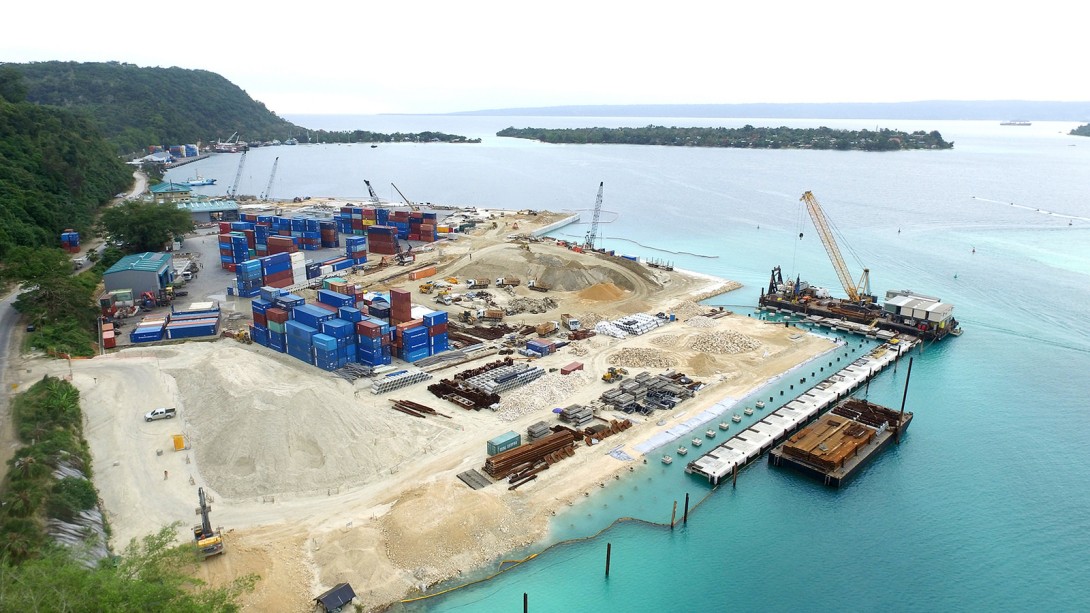
MAKING DECISIONS EFFECTIVELY
Prior to 2012, decisions on trade projects were made in silos and took a much longer time.
“First you would need to prepare the project profile, then send it to the Prime Minister’s office. Then they consult with donors and would get back to you if the project was of interest,” Luen says.
“One of the challenges with that process — other than time — was that it would be easy to duplicate projects because there was not a coordinated approach.”
According to Luen, the NTDC ameliorates this as all the donor partners come together to discuss each proposal, and pool resources to support promising ideas.
Vanuatu’s seafront beautification project for example, was presented by the Committee in 2013.
Like all items on the Committee’s meeting agenda, a brief is prepared months in advance using a standardized template. This is circulated to committee members a week prior to the meeting.
“We are really strict in our preparation,” Luen says.
“During this time of preparation, we also follow up with the other ministries to see if they are carrying out the recommendations from previous meetings. By getting them involved they know they have some responsibility when we go to implementation. They feel like they are part of the policy and they will be willing to implement some of the recommendations.”
The meeting itself runs to a tight agenda, with each agenda item being given 20 minutes for presentation, followed by 20-40 minutes of comments and discussion. Once everyone agrees on an outcome the group moves on to the next agenda item (there are normally nine to ten topics discussed at each meeting). The outcome document, cleared at the meeting, is polished and circulated to all the committee members within five working days of the meeting.
“The idea for the seafront beautification came from a discussion about ‘how are we able to capture tourism benefits?’ Tourists were coming to Vanuatu and staying in their hotels; there was not really a public place for tourists to gather and enjoy what Vanuatu has to offer,” Luen says.
“After much discussion we decided to explore a redevelopment of the seafront. The New Zealand Development Counsellor was in the room and was interested in the idea as long as this was clearly prioritized by the government. The NTDC recommended the Council of Ministers to prioritize this project proposal.”
The Council agreed and communicated its decision to the New Zealand High Commissioner. Not only did New Zealand come on board to provide the core funding for this development Australia did as well through a complementary urban development project.
According to Clinton Pobke, Counsellor, Australian High Commission in Vanuatu, with Australian Department of Foreign Affairs and Trade, “the NTDC has established itself as an invaluable forum for both policy development and decision making in areas of critical importance to Vanuatu’s economic development.”
The additional resources necessary for the beautification project to take place were made available through the EIF Trust Fund.
Through this cohesive approach, aid funding managed by the Trade Development Division has been on the rise for the past four years.
“The Enhanced Integrated Framework has been a catalyst. Its funding has triggered other donors,” Luen says.
“Donors see how transparent it is. They are interested in working together with other donors to help achieve bigger outcomes,” he says.
“The committee pulls together the range of trade and policy work being undertaken throughout the public service and provides opportunities for cooperation between departments and donors as well as strategic oversight to senior levels of government,” adds Pobke.
And according to Luen this approach has well and truly encouraged ministries to come out of their silos.
“Instead of looking just at the ministry priority, now we are looking at the whole country priorities, linking these priorities together and linking with the donors.”
“Ministers know that if it a project has been approved by the National Trade Development Committee that it has been widely consulted,” he adds.
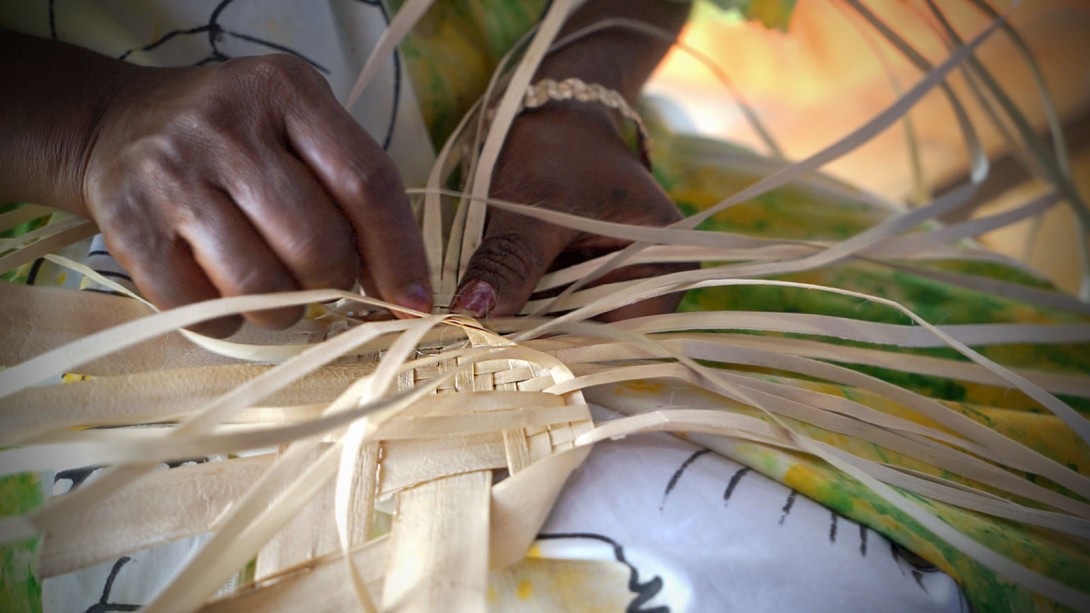
AN INSPIRATION FOR OTHER DEPARTMENTS
A number of Vanuatu’s government departments have been inspired to work in similar ways.
“The Ministry of Agriculture came up with a project management unit, which is trying to replicate what we are doing in the Trade ministry,” says Luen.
Luen has now been appointed as the Head of Aid Coordination and Negotiation Unit in the Prime Minister’s office where he will be focusing on the aid sector in Vanuatu.
“The experience I have gained in the trade sector has been invaluable and I hope the aid program can benefit from this. I am already thinking about how we can coordinate aid better between donors, sectors and countries.”
Header image - ©Nepal Rapid eTrade Readiness Assessment
If you would like to reuse any material published here, please let us know by sending an email to EIF Communications: eifcommunications@wto.org.

